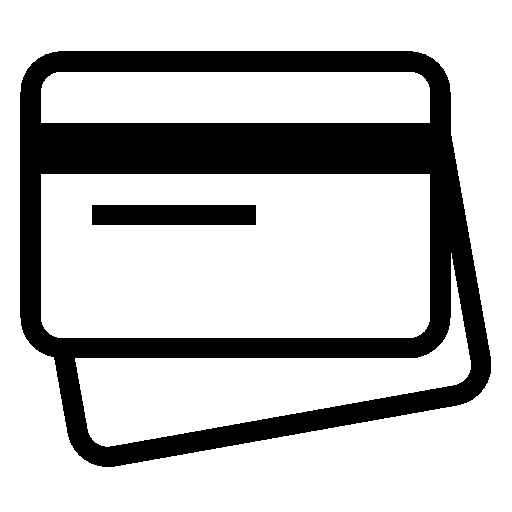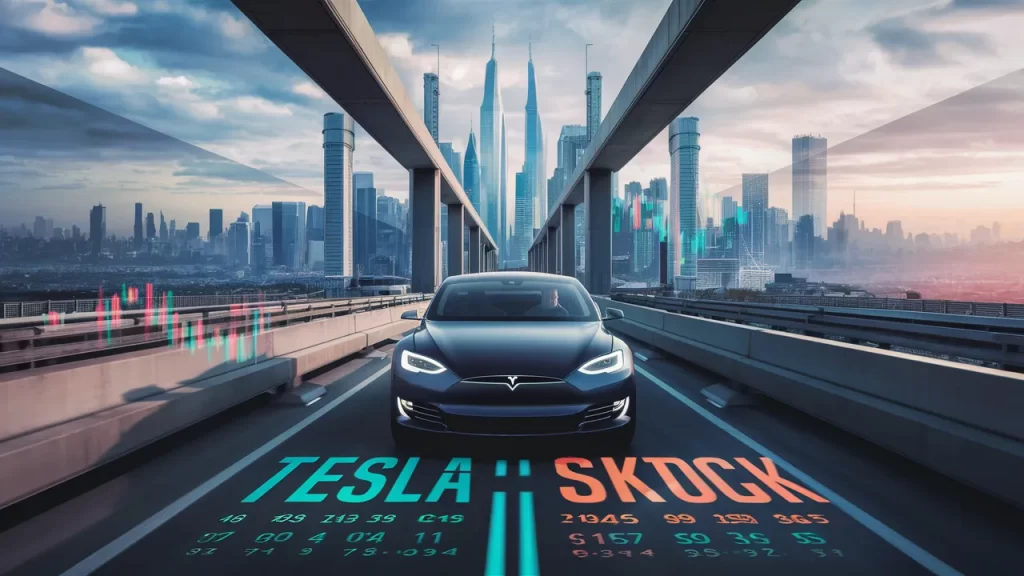Vending machines have long been synonymous with convenience, offering quick access to snacks, beverages, and other goods with minimal effort. Traditionally, these machines operated using coins or bills, limiting accessibility for consumers who didn’t carry cash. However, with the rise of cashless payments, credit card readers have revolutionized the vending industry, making it more user-friendly, efficient, and adaptable to modern payment trends. In this article, we will explore the significance of vending machine credit card readers, how they work, their advantages, and the potential challenges they face in today’s economy.
The Evolution of Vending Machines
The history of vending machines stretches back to the late 19th century when they were first introduced to dispense postcards and gum. Over time, their product offerings diversified, and they became a familiar fixture in public spaces, office buildings, and schools. Despite their success, one issue remained persistent: the reliance on cash transactions.
In recent decades, as credit and debit card usage increased, many consumers began carrying less cash. This shift toward cashless payments led to a growing demand for more flexible payment options in all areas of commerce, including vending machines. In response, the introduction of vending machine credit card readers marked a significant advancement in the industry, catering to the needs of the modern consumer.
How Vending Machine Credit Card Readers Work
Vending machine credit card readers operate similarly to point-of-sale (POS) systems found in retail environments, allowing consumers to purchase items using a credit card, debit card, or even mobile payment solutions like Apple Pay or Google Pay. Here is a simplified breakdown of how they work:
- Card Reading: The customer inserts, taps, or swipes their card on the vending machine’s credit card reader. In the case of contactless payments, the card or device is held near the reader to initiate the transaction.
- Transaction Authorization: Once the card is read, the machine communicates with the payment processor or acquiring bank. This step involves validating the card and checking whether the customer has sufficient funds to complete the purchase.
- Approval or Denial: If the transaction is approved, the payment processor informs the vending machine, and the purchase is completed. If denied, the machine will inform the user, and the purchase will not proceed.
- Purchase Confirmation: Once the payment is successful, the vending machine dispenses the selected product, and the transaction is recorded for accounting purposes.
The entire process usually takes only a few seconds, offering a fast and efficient buying experience. Credit card readers on vending machines are designed to accept various payment methods, including magnetic stripe cards, chip cards (EMV), and contactless payments using near-field communication (NFC) technology.
Benefits of Vending Machine Credit Card Readers
The addition of credit card readers to vending machines has transformed the vending industry, creating numerous benefits for both consumers and vending machine operators. Below are some of the key advantages:
1. Increased Sales and Revenue
One of the most significant benefits of adding credit card readers to vending machines is the potential to increase sales. Since fewer people carry cash in today’s economy, cash-only vending machines limit their market. By accepting credit cards, debit cards, and mobile payments, vending machines can cater to a larger audience, ensuring they never miss a sale simply because a customer lacks cash. Studies have shown that cashless payments also encourage higher spending, as consumers are more likely to make impulse purchases and buy higher-priced items when not limited by the amount of cash they have on hand.
2. Improved Customer Experience
The convenience of using a credit card at a vending machine greatly enhances the customer experience. Consumers can make purchases quickly and easily without worrying about having the exact amount of cash or coins. Additionally, the option to use mobile payment systems like Apple Pay and Google Pay appeals to tech-savvy users who prefer not to carry physical cards. These improved payment options align with the expectations of modern consumers, who value speed and ease in their daily transactions.
3. Lower Maintenance Costs for Operators
Credit card readers can also help reduce the maintenance costs associated with vending machines. Traditional cash-based vending machines require regular visits from operators to collect cash and restock the machine with coins or bills. With credit card payments, operators have fewer cash collection tasks, which means fewer service visits. Additionally, digital payments minimize the risk of theft or tampering with cash storage compartments, reducing potential losses.
4. Real-Time Transaction Tracking
Vending machine credit card readers often come with software that allows operators to track sales and transactions in real-time. This data can be invaluable for optimizing inventory management, as operators can monitor which products are selling the most and restock accordingly. Real-time tracking also provides insights into consumer preferences and purchasing patterns, allowing businesses to tailor their product offerings to better meet demand.
5. Enhanced Security
Cashless transactions inherently provide a level of security that cash transactions do not. The risk of theft, both external and internal, is minimized when vending machines accept credit cards instead of storing large amounts of cash. Credit card payments are protected by various encryption and security technologies, ensuring that consumer data remains safe.
Challenges and Considerations
Despite the numerous benefits, there are also challenges and considerations associated with implementing credit card readers on vending machines. Some of the most common challenges include:
1. Initial Costs and Upkeep
Installing credit card readers on vending machines requires an upfront investment, which may include the cost of the reader itself, as well as any necessary software or hardware upgrades. Additionally, there are ongoing costs, such as transaction fees and maintenance for the payment systems. These costs can add up, particularly for small vending machine operators with limited budgets.
However, many vending machine operators find that the long-term benefits, such as increased sales, outweigh the initial costs.
2. Transaction Fees
Every credit card transaction is subject to processing fees charged by the payment processors and credit card companies. These fees can range from a flat fee per transaction to a percentage of the total sale amount. For small purchases, such as those made at vending machines, these fees can significantly cut into the operator’s profit margins. Operators must carefully consider whether the increased sales from accepting credit cards will offset the transaction fees.
3. Connectivity Issues
Credit card readers require an internet connection to process payments. If a vending machine is located in an area with poor or inconsistent connectivity, it may be difficult for the machine to complete transactions. In such cases, cash transactions may still be necessary as a backup option. Operators must ensure that their vending machines are equipped with reliable connectivity solutions, such as wireless data plans or Ethernet connections, to prevent payment disruptions.
4. Consumer Concerns About Privacy and Security
While credit card payments are generally secure, some consumers may have concerns about the privacy of their data when using vending machine credit card readers. There have been instances of card skimming and other forms of fraud associated with card readers in the past. To address these concerns, vending machine operators should invest in high-quality, secure card readers and clearly communicate their commitment to protecting customer data.
The Future of Vending Machines and Cashless Payments
The adoption of credit card readers in vending machines is just the beginning of a broader trend toward cashless payments. As technology continues to evolve, we can expect to see further innovations in how consumers interact with vending machines. For example, biometric payment methods, such as fingerprint or facial recognition, may eventually become a standard feature on vending machines, further enhancing convenience and security.
Additionally, vending machines could incorporate loyalty programs or personalized offers based on a customer’s purchase history, much like online retailers do today. These advancements would create a more engaging and rewarding customer experience, encouraging repeat business and fostering brand loyalty.
Conclusion
Vending machine credit card readers have significantly transformed the vending industry, offering increased convenience, higher sales potential, and improved operational efficiency. While challenges such as transaction fees and initial setup costs remain, the benefits of embracing cashless payments are clear. As consumer preferences continue to shift toward cashless and digital payment methods, vending machine operators who adapt to these trends will likely see long-term success in the rapidly evolving landscape of automated retail.




